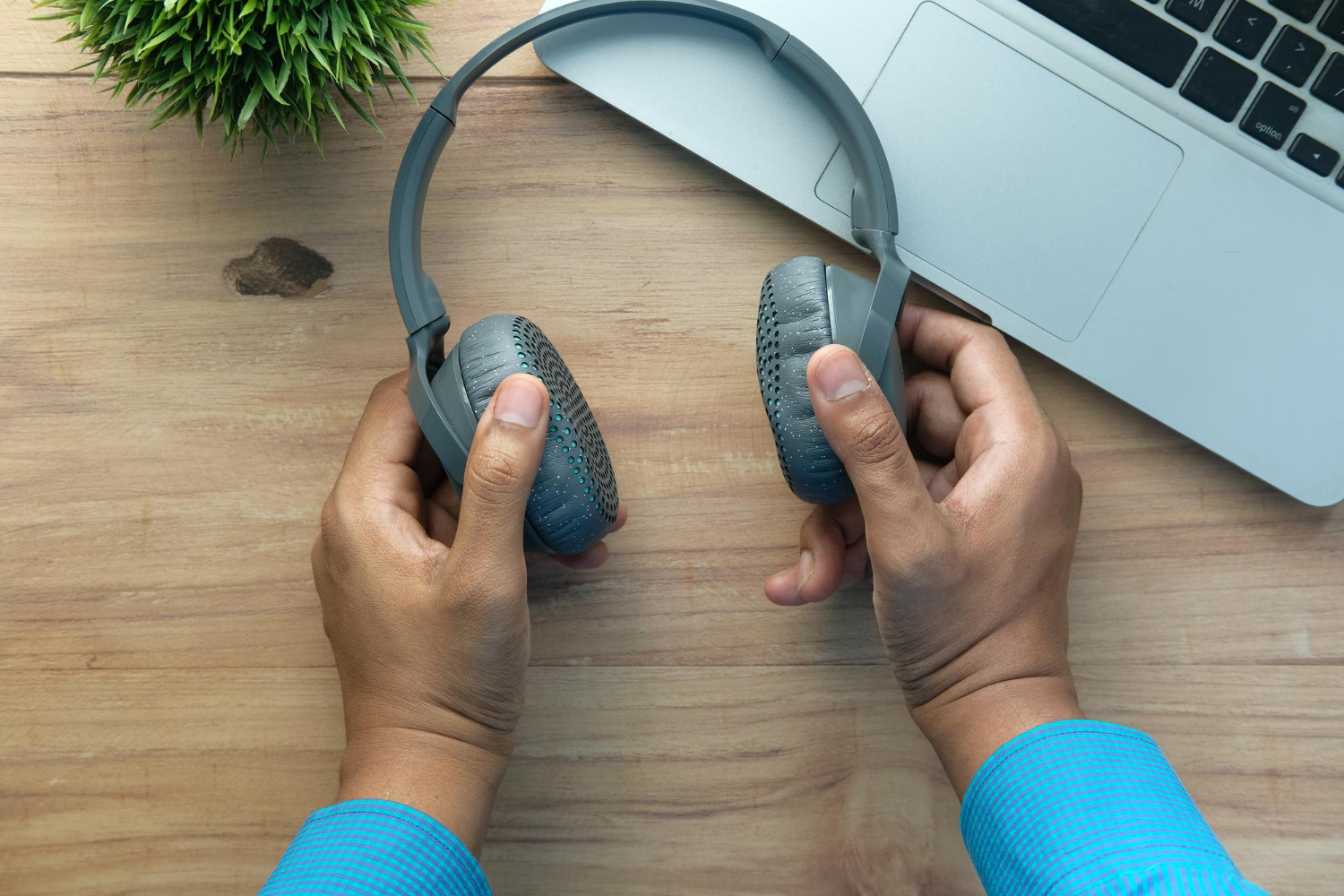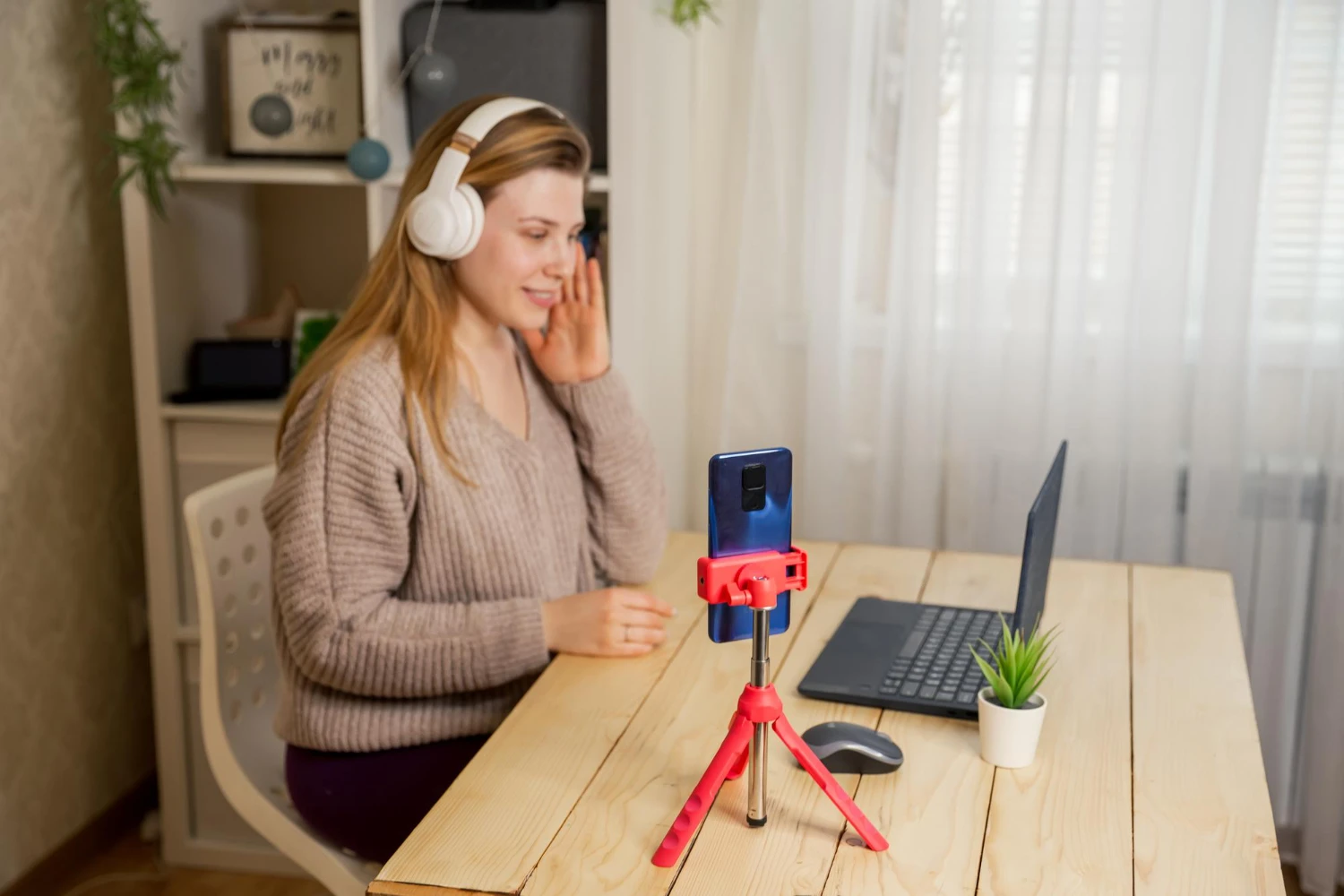If your headphones keep bouncing between your phone and laptop, the problem isn’t you—it’s a messy set of defaults. Bluetooth is happiest when you give it a few clear rules and repeat them every day. Pair once in the right order, limit how many devices can connect at the same time, and decide which device “wins” for calls and which one gets your music. Add a couple of small habits around naming, firmware, and app audio settings, and switching stops feeling random. You’ll answer a call without losing your place in a video, walk away from the desk and have music follow, and come back to a meeting with the mic and speakers exactly where you expect. What follows is a practical routine that works with most modern multipoint headsets and all the usual laptops and phones, without exotic gear or constant toggling.
Define one home device and a pairing order that sticks

Set a home base for work hours and make your headset prefer it. For most people, the laptop is primary from morning to late afternoon, with the phone riding shotgun for alerts. Power the headset on near the laptop so it grabs the first slot, then unlock the phone so it fills the second. That order matters because multipoint gives priority to the device it sees first. When you leave the desk, close the laptop or toggle its Bluetooth off for ten seconds; the phone remains connected and seamlessly becomes primary for music and calls. Returning is the mirror image: wake the laptop, click connect once, and the hierarchy resets without unpairing or diving into menus. Resist pairing to every TV and tablet you meet; keep the headset’s memory to two or three devices you actually use. The fewer candidates your headphones “remember,” the less confusion they’ll have about where to land when you turn them on.
Use multipoint with guardrails so calls don’t bulldoze media
Multipoint is a gift when you scope it. Decide which device is allowed to start calls and which can play media by default. On your phone, leave the “Calls” toggle enabled so the headset rings when someone phones you, but consider disabling “Media audio” during work if you never want a playlist to hijack your laptop’s output. On the computer, keep the headset as the default device only inside your meeting app, while system sounds continue to your speakers. That split lets calendar pings stay out of your ears while Zoom, Teams, or Meet always pick the right mic and speakers. Many headsets include a “call priority” setting in their companion apps; when enabled, an incoming call ducks music, then hands control back to the laptop the moment you hang up. Avoid auto-answer on the headset so a spam call doesn’t snatch audio mid-meeting. With a clear rule—laptop owns work audio, phone may interrupt only when you accept a call—multipoint behaves like an assistant, not a saboteur.
Match expectations to profiles and codecs so audio quality is predictable
Every headset runs two different “modes.” Music uses a high-fidelity stereo profile; calls use a hands-free profile that prioritizes your microphone and low delay over lush sound. When you join a meeting and the music suddenly thins out, nothing’s broken—the headset switched to its voice profile. Accept that trade during calls and return to stereo as soon as you hang up. Codecs add one more layer. AAC is common and stable with many phones; aptX and its adaptive flavors are solid on lots of Windows and Android devices; LDAC can sound excellent in quiet rooms but is sensitive to range and interference; LE Audio with LC3 improves efficiency and multipoint behavior if all devices support it. For meetings, pick the “stable” or “connection priority” option in your headset app. Save the “high quality” toggle for music near your device. Understanding those boundaries means you stop chasing phantom fixes and start getting the best version of what each mode can deliver.
Pair once, name clearly, and keep the radio stack tidy
Headsets misbehave when they remember a dozen half-familiar machines or see three devices with nearly identical names. Rename your laptop and phone to something distinct—“NORA-MBP” and “NORA-PIXEL”—so the headset’s list is obvious. Update headset firmware in its app; vendors routinely improve multipoint logic, reconnection speed, and mic noise handling. Twice a year, clear the headset’s pairing table and re-pair only the two or three devices you use daily, in your preferred order. If your headset ships with a tiny USB dongle, use it on the laptop; it creates a fixed, low-latency link that won’t drift toward your phone mid-call and often lifts mic quality. On the computer, set your meeting app to use the headset for input and output, while the operating system keeps its default speakers for everything else. On the phone, reduce Bluetooth “device sharing” pop-ups by granting media control only when you actually want it. These small housekeeping steps eliminate the radio guesswork that causes most “why did it jump?” moments.
Make handoffs feel automatic by controlling the first and last seconds
Glitches hide in the moments you start or stop a task. Before a meeting, select your headset explicitly in the conferencing app so it remembers. Join, speak, and when you’re done, hang up in the app rather than yanking the headphones off your head; that releases the voice profile cleanly so stereo returns instantly. On the phone, route music to the headset only when you press play, not just because it’s nearby; using the quick audio picker on iOS or Android keeps control intentional. If a call arrives while you’re watching a video on the laptop, decide once how you’ll triage. Decline from the headset and nothing changes, or accept and let “call priority” temporarily take over, confident it will hand control back at the end. When you leave the desk, put the laptop to sleep for a beat so your headphones don’t keep trying to juggle two masters in the same room. With those small cues at the edges, handoffs feel like a glide instead of a stumble.
Build three everyday “scenes” and rehearse the swap once
Most people live in three headset scenes: desk, commute, and workout. At the desk, the laptop is first in line and the phone second, with calls allowed to interrupt only if you answer. On the commute, the phone is primary and the laptop sleeps, with the headset set to a stable codec for trains and busy sidewalks. At the gym, only the phone is paired so rep counters and music don’t compete with a forgotten laptop in your bag. Each scene needs one action to enter. Leaving the desk, close the laptop or flip off its Bluetooth for ten seconds; arriving, press connect on the laptop once. Starting a workout, long-press the source button to drop the second connection so the headset runs “phone-only” until you’re done; on return, reconnect the laptop first. Rehearse these transitions once and they become muscle memory. The result is stability no matter where you are, without ever opening a Bluetooth settings page in a panic.
Troubleshoot stubborn cases with a calm, repeatable drill

When something feels stuck—music sounds thin after a call, audio won’t jump back to the laptop, or playback keeps pausing—reset in a fixed order rather than tapping everything in sight. End the call in the app so the voice profile can release. Pause media and wait three seconds. If stereo doesn’t return, toggle Bluetooth off and on on the device currently playing; if that fails, disconnect and reconnect the headset from that device’s Bluetooth menu. When multipoint is confused, disconnect on both devices, reconnect the primary first, then the secondary. If dropouts persist near your desk, move your phone out of the laptop’s Wi-Fi antenna shadow or change the laptop’s Wi-Fi band; 2.4 GHz congestion can look exactly like “random cut-outs.” As a last resort, forget the headset on both devices, clear the headset’s pairing memory, and re-pair in your preferred order. The key is consistency. A short, predictable drill cures most weird states and keeps your day moving.
No more re-pairing: a simple setup for everyday headsets

